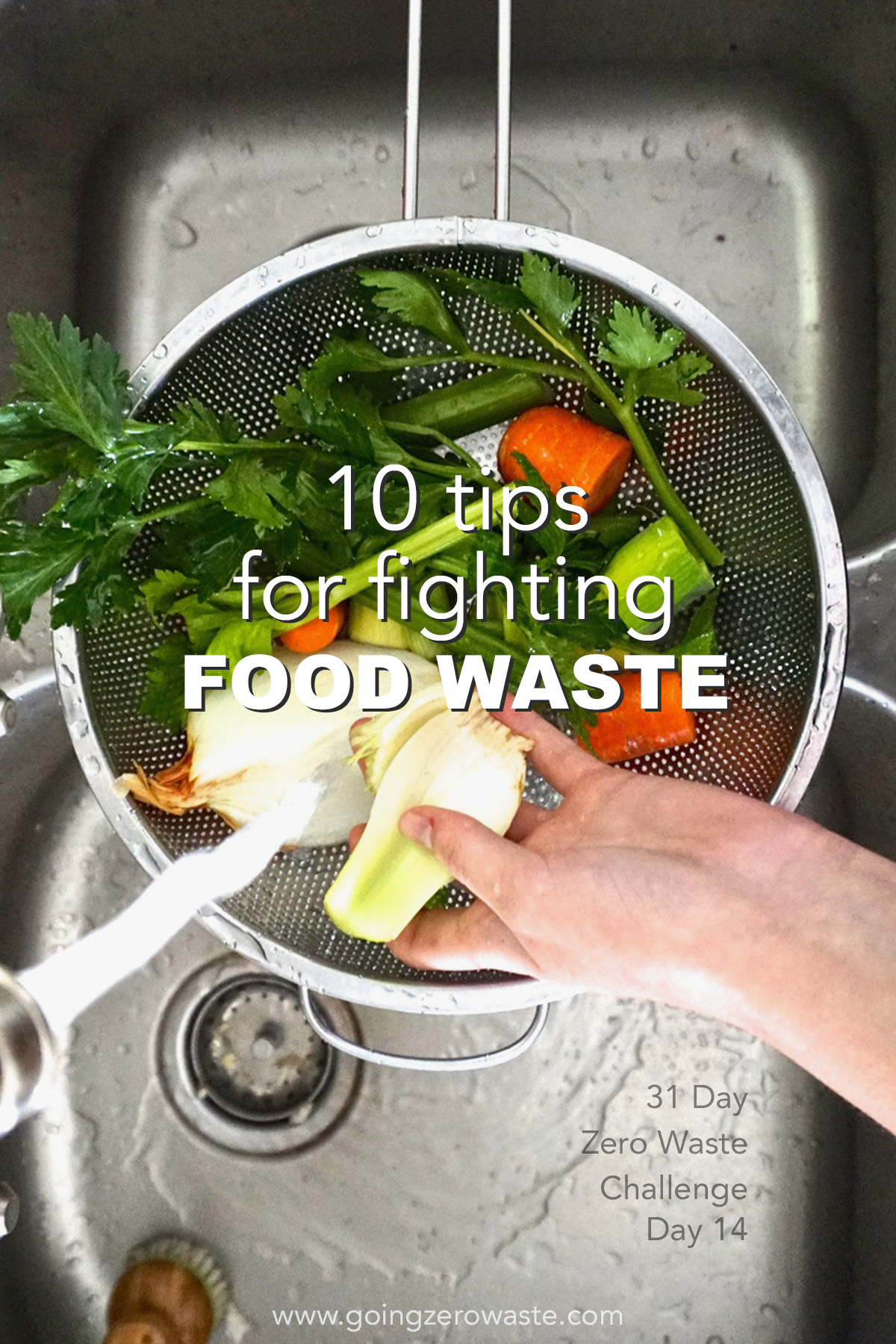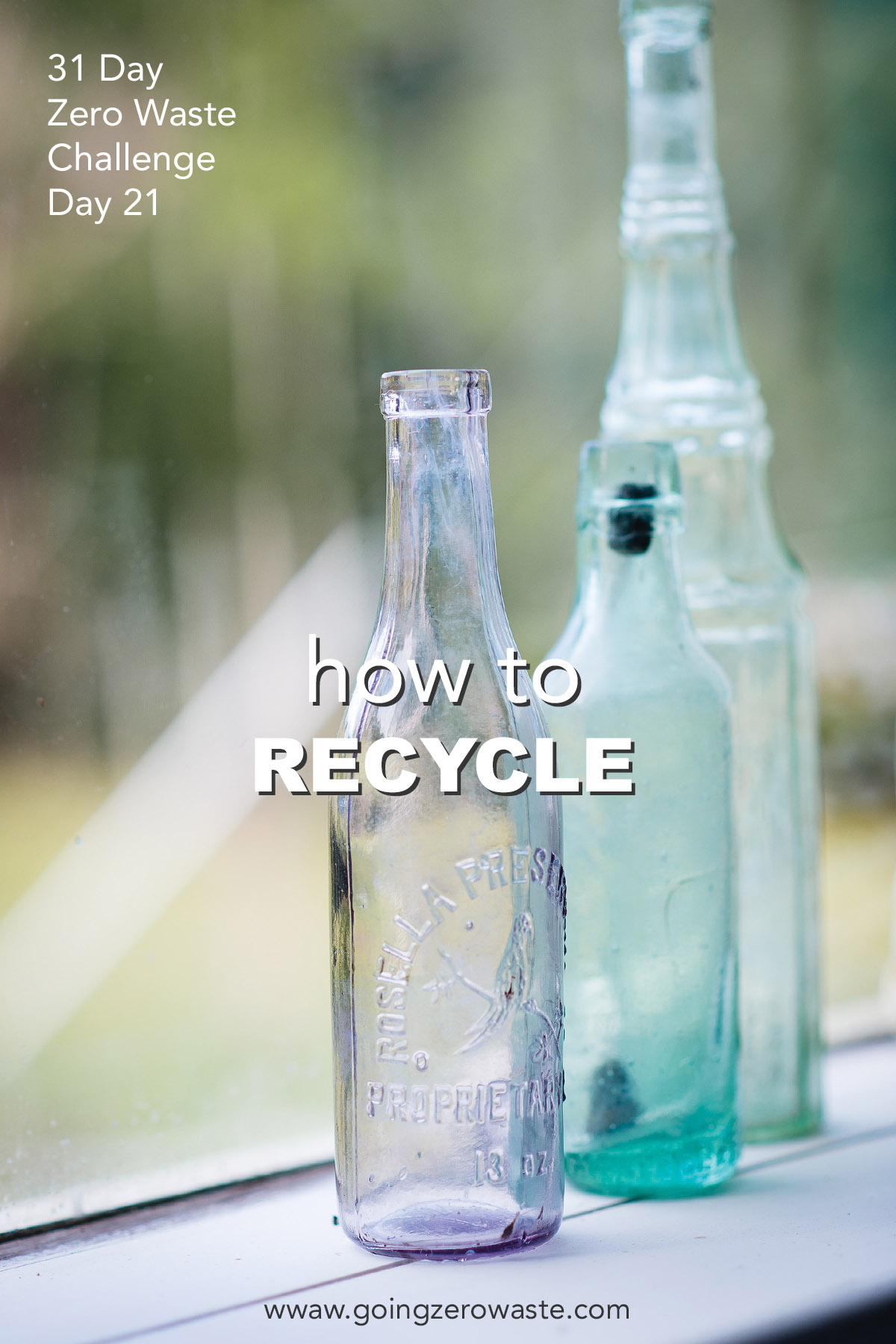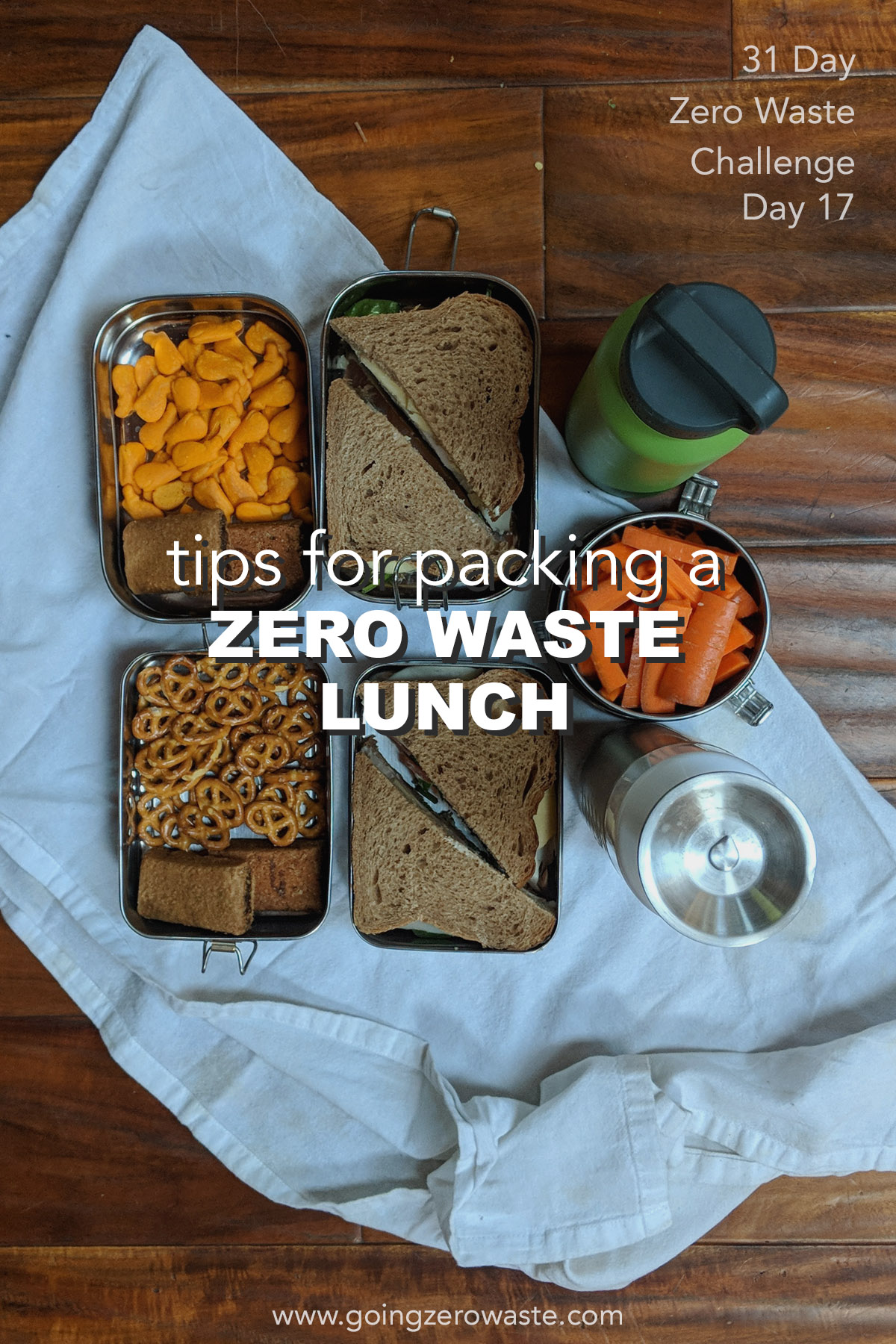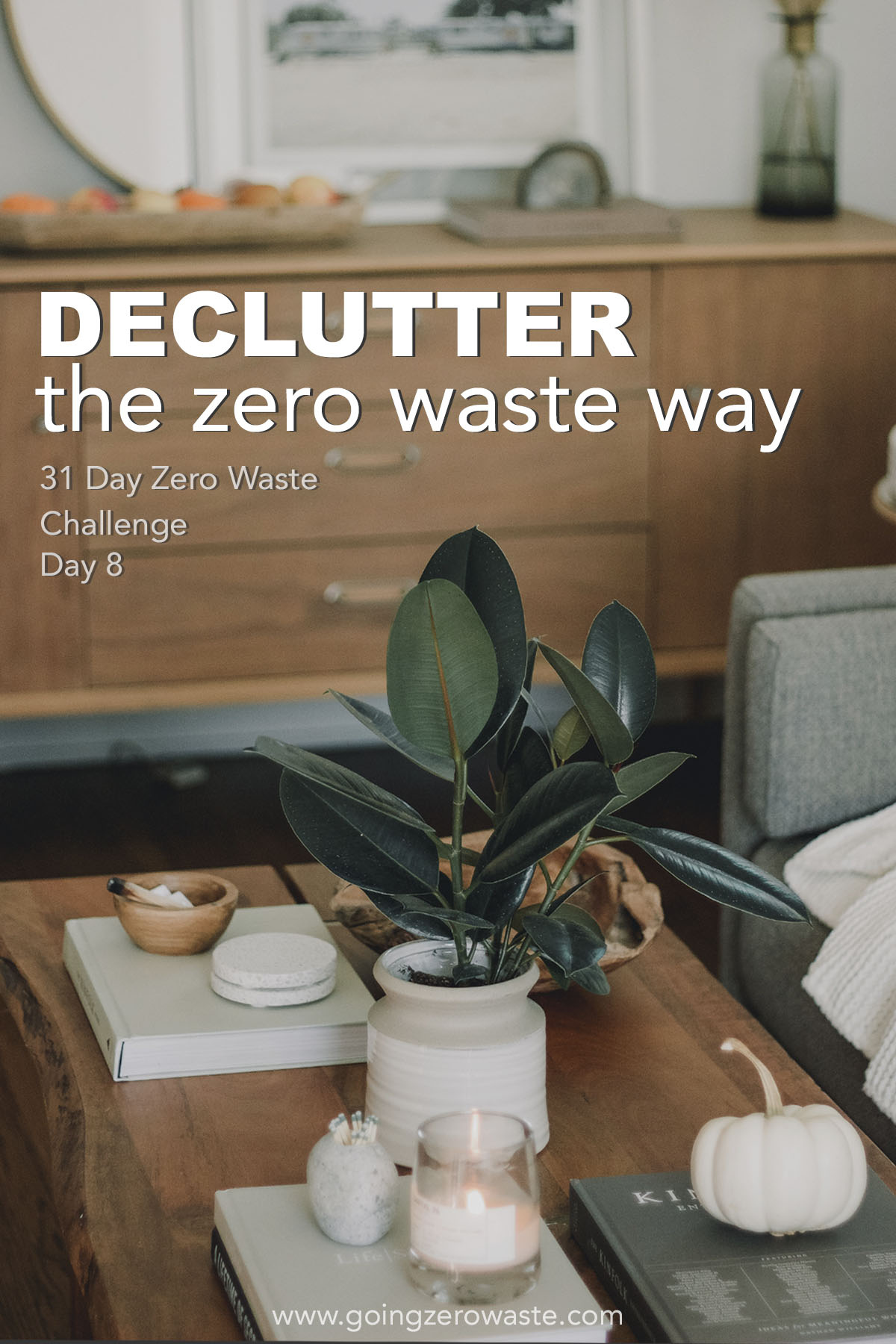Food is too good to waste, and yet one third of food produced for human consumption is wasted or lost globally.
With a staggering 40% of food being wasted in the US alone. Food waste seems like something small, but it adds up to a massive… and I mean MASSIVE impact.
If food waste were a country, it would be the third largest emitter of greenhouse gasses behind China and the US. Today, I challenge you to keep break up with food waste!
It’s day fourteen of the zero waste challenge! The beginning of the challenge is focused on simple swaps like bringing your own water bottle and bags to the grocery store.
Now, we’re in the second phase of the challenge. These changes are lifestyle changes like learning to make your own snacks, decluttering your life the zero waste way, and conserving natural resources.
Today we’re talking about another lifestyle change - ending food waste!
Prefer video content? Scroll down to the bottom of the page.
the problem:
In America alone we waste 40 percent of our food. That’s absolutely crazy since so many people go hungry.
In fact, according to the Food and Agriculture Organization of the United Nations, 821 million people globally go hungry and are undernourished. The saddest part about that statement is we have enough food to feed everyone on the planet, but most of it is wasted or lost.
Essentially, food waste is food that reaches its final production stage, is fit for human consumption, but for all kinds of reasons is thrown away. Like the insane beauty standards our food has to go through to be able to reach store shelves.
Food loss is food that never reaches its final production stage (which means there’s poor management inside the company producing the food).
Obviously, not all food waste is the consumer’s fault (it’s also companies who manage food poorly), but there certainly is a problem with how we (consumers) treat food.
Thankfully, there are so many things we can do to help prevent food waste.
the solution:
make a plan:
The first thing is to make a plan. I’m not asking you to sit down and do a huge meal plan: I know that can be a total pain.
I’m just asking you to open up your fridge and your freezer and look at your pantry before you go grocery shopping.
If you open up the fridge and say “hey, I’ve got a tomato, a couple carrots and some broccoli that needs to be eaten”, then you can think of a meal or two for the beginning of the week where you can use those up.
You also know now that you don’t need to buy tomato, carrots or broccoli which prevents you from buying duplicate items.
Get my tips for making a five minute meal plan to prevent food waste!
store it right:
When you’re grocery shopping, think about how you’ll be storing your produce. Proper storage is key to making fruits and veg last as long as possible! Be sure to check out my plastic-free storage guide and the video as well.
ignore those dates:
You can pretty much ignore the “best by, sell by and use by” expiration dates. It’s best to always do a taste test.
Here’s what those expiration labels really mean:
Sell by: Tells the store how long to display the product for sale. Not a safety date.
Use by: Last date recommended for use when the product is at peak quality. Not a safety date except when used on infant formula.
Best by: Indicates when product will be of best flavor or quality. Not a safety date.
As you can see, these expiration dates aren’t as scary as they look on a product.
Certain food products you don’t even have to worry about the expiration dates – they might last a longer time than you think…. like honey. Honey from 1,000s of years ago is still perfectly edible. Or, they might not last as long as the expiration date says.
It all depends on how they’re stored, the temperature and a bunch of other factors, so it’s always best to go with a smell and taste test.
Even certain things like sour milk are edible, it’s just not enjoyable to drink a glass of it (but it works great in waffles). So, think of creative ways you can use some of those items.
save it:
If there’s something on your plate you can’t finish, don’t be shy to ask a family member if they want it instead. If not, save it for later instead of throwing it away.
The same goes for eating out: If there’s food you can’t finish on your plate, be sure to take it home instead of throwing it away. I like to bring a reusable container with me when I know I’ll be dining out, just in case I have leftovers.
Get my ultimate guide for storing leftovers without plastic.
Make sure to order or cook with foods you actually like too: While there’s nothing wrong with experimenting, new foods don’t always go over too well (so they’re more likely to get wasted).
Also, whenever produce starts to go bad, or looks sad, consider pickling them. Making dill pickles, or beet pickles is a great way to salvage vegetables (and you can honestly pickle almost any vegetable including carrots, cauliflower, artichokes, etc.).
use your scraps:
Another great way to reduce food waste is to cook with your scraps.
There are so many parts of a vegetable that often get thrown out but are perfectly edible, like carrot tops and broccoli stems. Carrot tops can become pesto and broccoli stems can become slaw.
Here are a few other ways to cook with scraps:
Make zero waste vegetable broth from food scraps.
Use herb stems in soups, stews and salads instead of discarding them.
Add celery leaves to your next soup for extra flavor.
Save pumpkin seeds and roast them later.
Cook beet tops into a delicious veggie stir fry.
Make salad from herb stems, carrot tops, radish tops and beet tops.
Want more tips for cooking with scraps? I wrote an article with Joel from “Scraps”, the TV show, that has some great, innovative ideas on how to cook with your scraps.
For more ideas and recipes, check out my book 101 Ways to Go Zero Waste!
take the challenge!
Over the next 17 days, your challenge is to reduce your food waste. You can do this in a number of ways, such as cooking with food scraps, saving leftovers, pickling sad produce and meal planning around what you already have in your fridge.
There are so many actions you can take to help reduce food waste: You can start by eating everything you buy at the grocery store! :)
Imperfect produce also has a challenge going this year about reducing food waste and have made some adorable food waste bingo sheets! If you’re looking for food waste inspiration, be sure to check them out.
Will you be taking the challenge?
want more?
Just starting out? Have 1,000 burning questions!? Get access to my private Facebook group, where I’ll be hosting weekly lives throughout the challenge and I answer all of your most pressing questions.
I’m the head content creator over at pelacase.com and have partnered with them to create an email version of the challenge. I will be sending out weekly recap letters with Pela if you’d prefer to have this challenge in larger chunks and delivered straight to your inbox.
PLUS! I’ll be sending out a brand new e-book at the end of the challenge called the Game On Handbook. Which is all about individual ways to fight climate change. You don’t want to miss it.






























